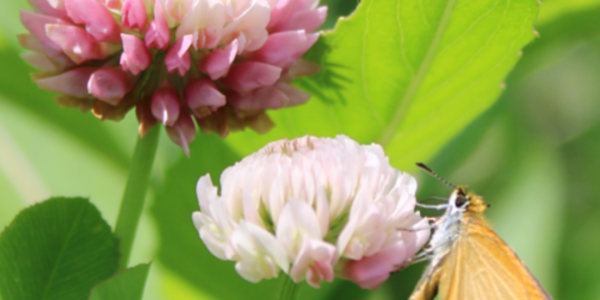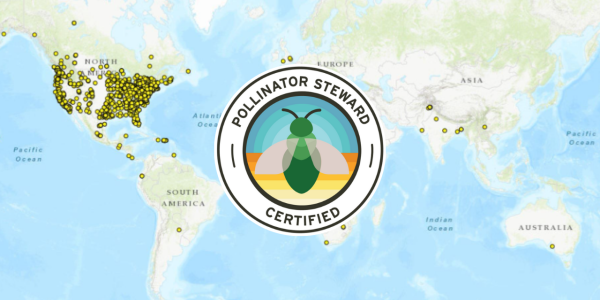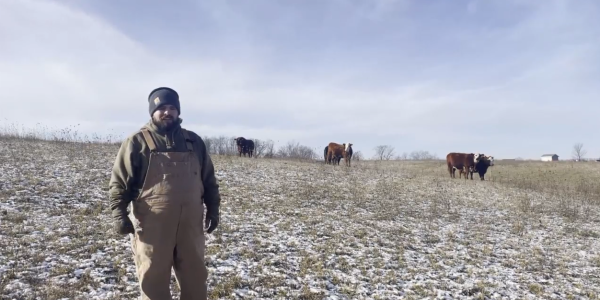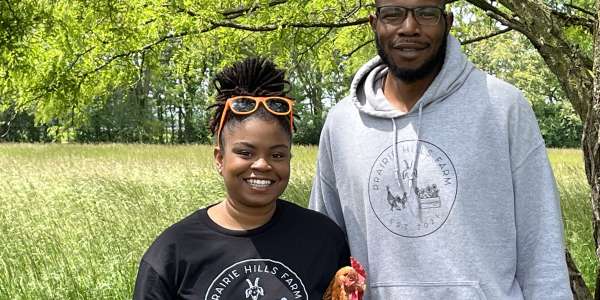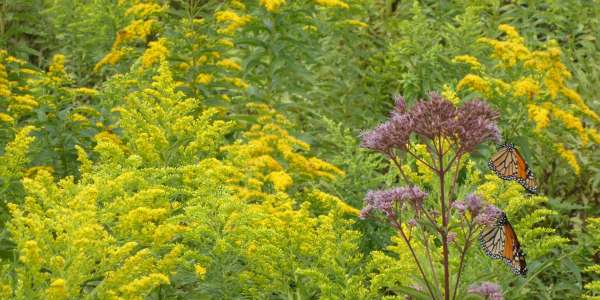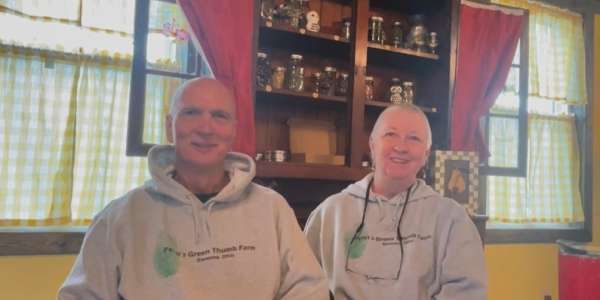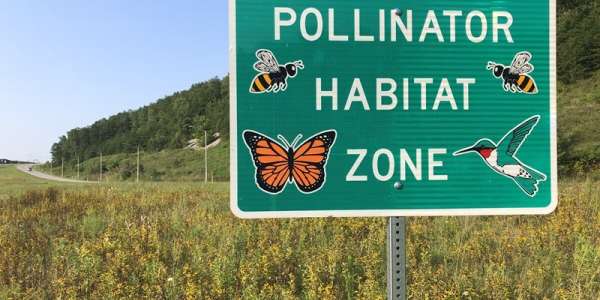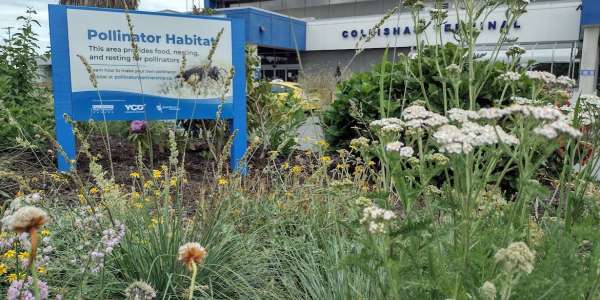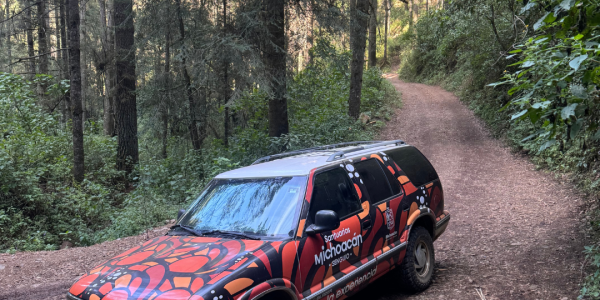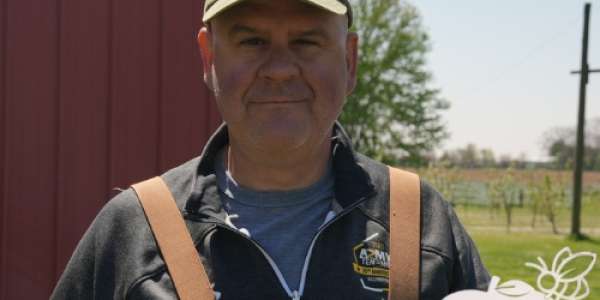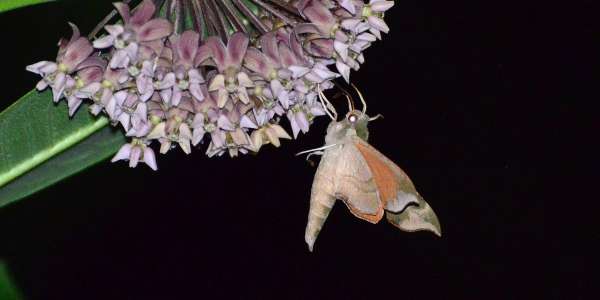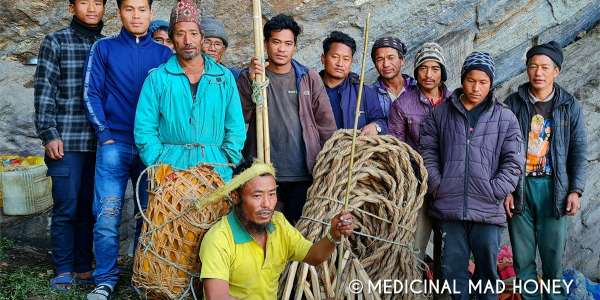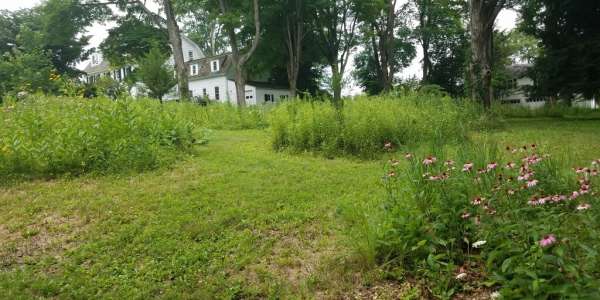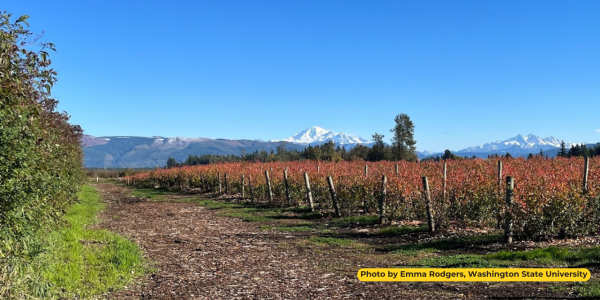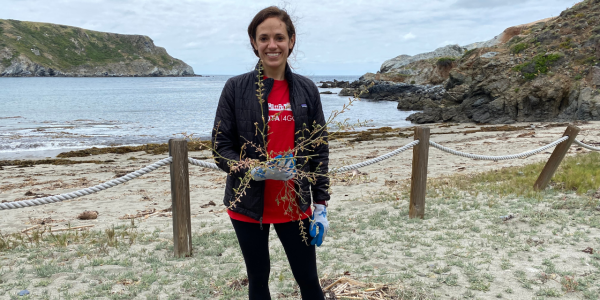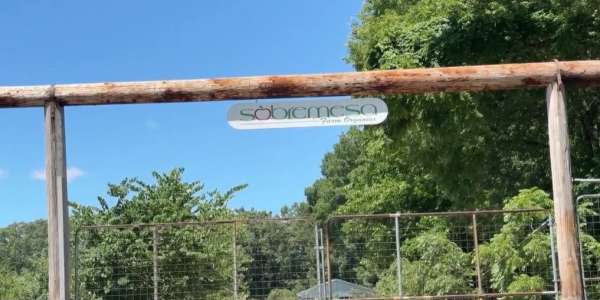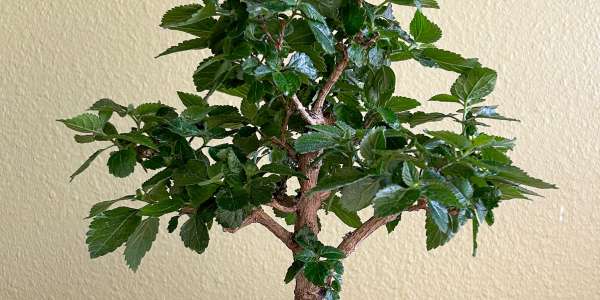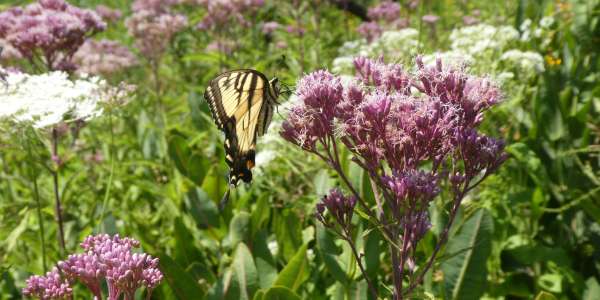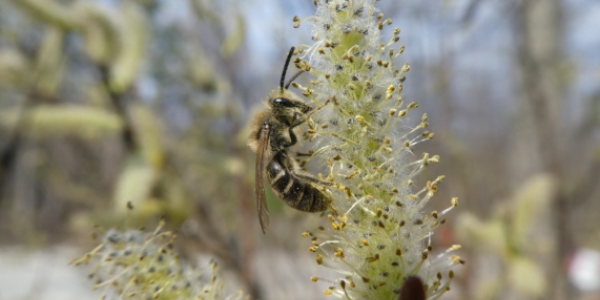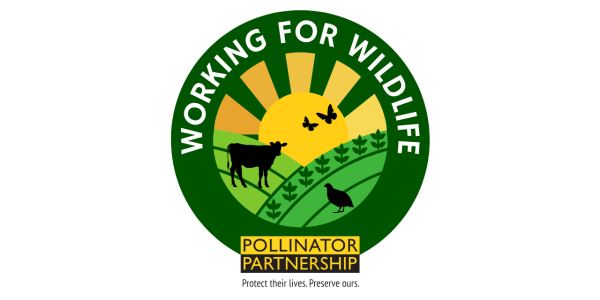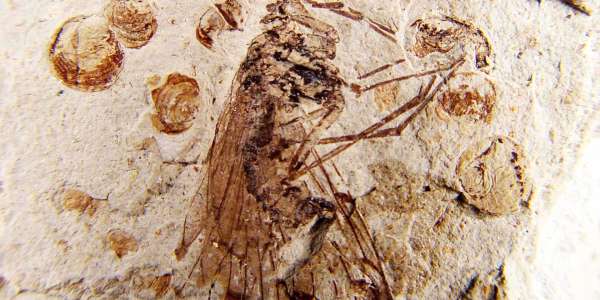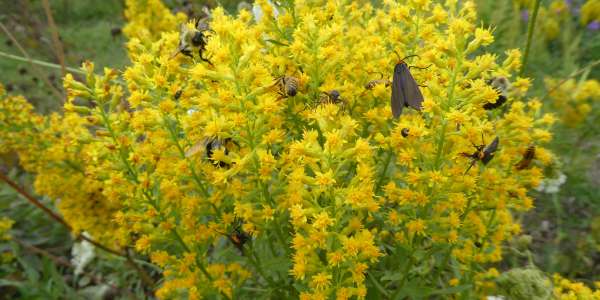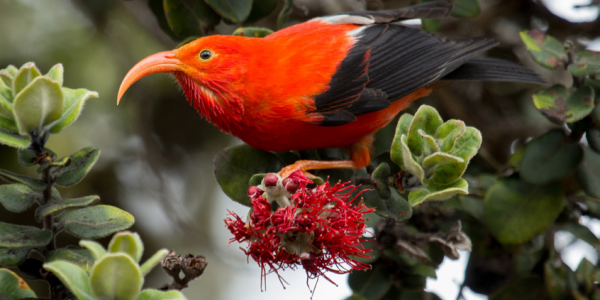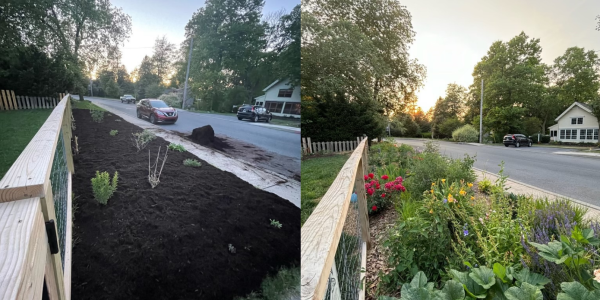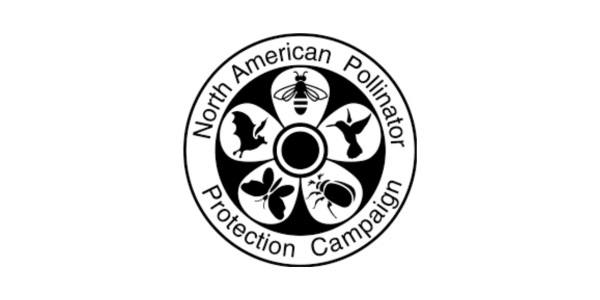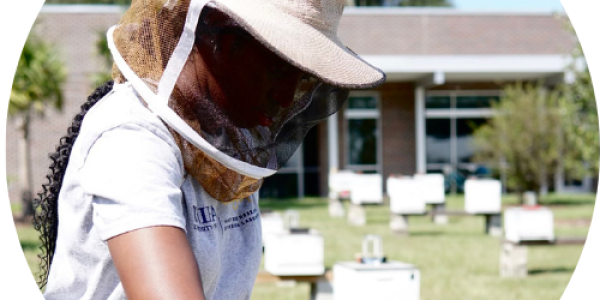Pollinator Partnership Blog Your spot for pollinator projects and news!
2025
-
Connecting the Dots Between Cover Crops, Soil Health, and Pollinator Conservation
Published November 5, 2025
-
PSC Action Across the Continent
Published September 30, 2025
-
Working for Wildlife: City Fresh
Published September 29, 2025
-
Working for Wildlife Habitat Hero: Dangelo Family Farms
Published September 22, 2025
-
Highlights from the 2025 Monarch Summits in Minnesota and Kansas
Published September 12, 2025
-
Working for Wildlife Habitat Hero: Prairie Hill Farms
Published September 5, 2025
-
Make-A-Will Month
Published August 29, 2025
-
Working for Wildlife Habitat Hero: Pettit's Green Thumb Farm
Published August 22, 2025
-
How Working Lands Can Work for Pollinators
Published August 4, 2025
-
Nanaimo Airport’s Pollinator Garden Takes Off!
Published July 14, 2025
-
Walking with the Monarchs: A Journey Through Time, Mountains, and Memory
Published June 27, 2025
-
Working For Wildlife Habitat Hero: At Ease Orchard
Published June 2, 2025
-
Dark Skies, Bright Futures: Why Moths Matter in the Fight Against Light Pollution
Published May 30, 2025
-
Apis Laboriosa: The Himalayan Pollinators from Nepal
Published May 20, 2025
-
No Mow May: Another Perspective
Published May 1, 2025
-
Installing habitat without the pests: New tool for blueberry growers
Published March 27, 2025
-
On Board With Pollinators: Becky Martin
Published March 10, 2025
-
Working for Wildlife Habitat Hero: Sobremesa Farm
Published March 4, 2025
-
Bridging Passions: How Bonsai Can Grow Your Love for Pollinators
Published March 4, 2025
2024
-
Supporting Pollinators in Urban Areas
Published December 23, 2024
-
Growing Habitat and Hope for the New Year
Published December 9, 2024
-
Partner Biologists Share Upcoming Working for Wildlife Video Series
Published November 25, 2025
-
The Evolution of Pollination as an Ecosystem Service
Published October 29, 2024
-
Late Season Lifelines
Published October 1, 2025
-
Island Buzz: How Hawaiian Pollinators Sustain Biodiversity
Published September 16, 2024
-
An interview with Anya Peters, Pollinator Steward Certified
Published July 29, 2024
-
2023 NAPPC Awardees: What are they up to?
Published July 8, 2024
-
Guest Blog: Celebrating Pollinator Week with Vernaeyah Lane, Dedicated Pollinator Scientist
Published June 19, 2024
These blog posts are opinions expressed by the author. If you have any comments, please direct them to info@pollinator.org.
